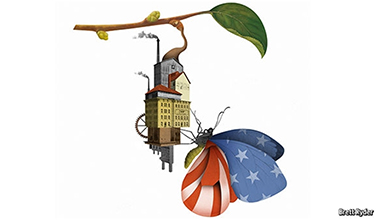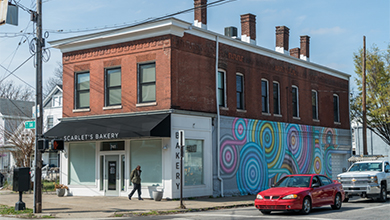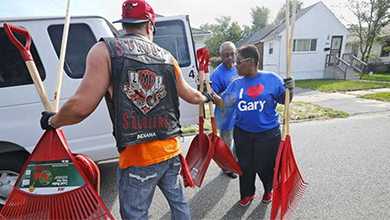Is post-industrial America ready to punch back?
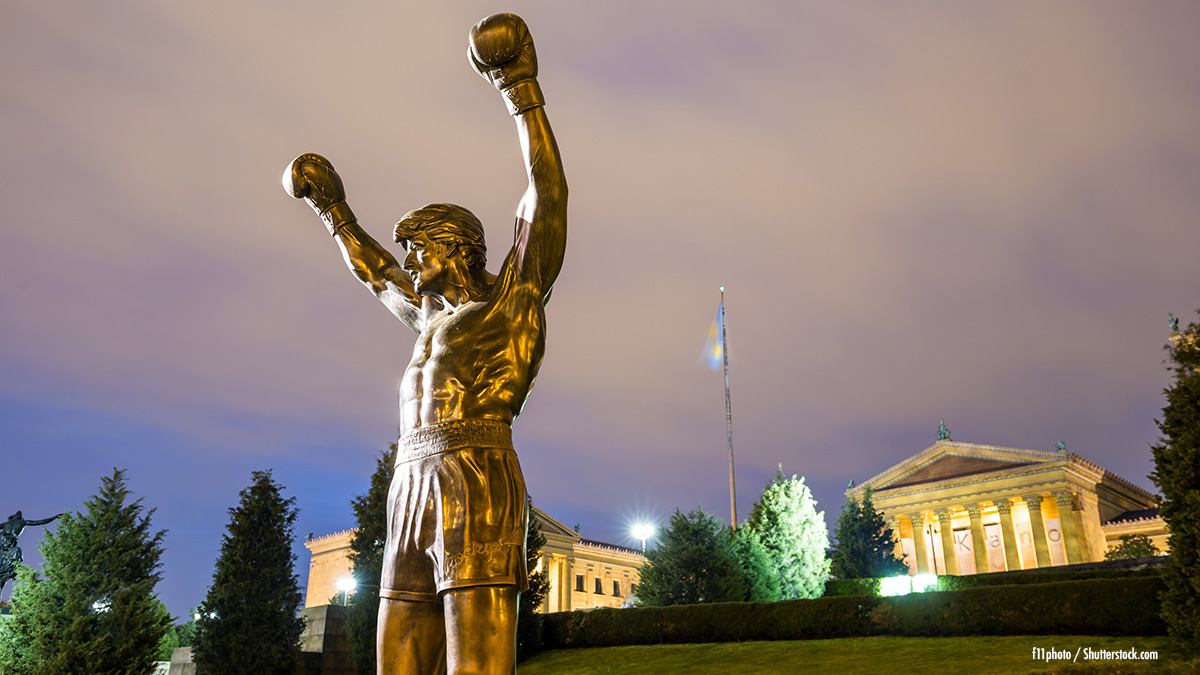
The economic shifts of the past 50 years hit America’s industrial capitals like a blow to the head. Entrepreneurial activity slipped into generational decline. But, in the last three years, we’ve seen startup activity pull itself up to levels unseen since before the Recession that had the American economy on the ropes. So, are post-industrial cities ready to land a major punch in a new economy?
A generation ago, Industrial America was the epicenter of innovation.
It still is.
Yep. Pittsburgh is now the leader in machine learning; Ann Arbor, Michigan, is where the newest applications for artificial intelligence are happening. Fueled by opportunity and the hustle of generations defined by gritty work ethic, places like Columbus, Ohio, Kansas City and St. Louis, Missouri, are booming with entrepreneurial energy—and defining the future of work in America.
This does not erase the fallout of what was—vacant factories, boarded up storefronts, lost jobs and lost hope. The very real feeling of economic abandonment has been felt by folks from coast to coast.
Yet while the epic narrative of 20th century industry lost has easily and rightfully inspired a Pulitzer Prize winning play, gritty journalism and applause lines for politicians, it does not satisfy the American spirit.
To struggle means to refuse defeat; to get up when you’ve been knocked down—to come back swinging despite all odds. (See “Rocky”—right, Philly? Cue the music.)
So, the question is not, “Is post-industrial America ready to punch back?” The question is, “Are we already witnessing the most important economic comeback in a generation?”
A front row seat to American innovation
Chris Olsen, Drive Capital; Lingjia Tang, Clinc; Dr. Betty Jo Licata, Youngstown State University; and Nathan Kurtz, Ewing Marion Kauffman Foundation, discuss entrepreneurship in middle America.
Changing the Narrative
A Cincinnati native, Chris Olsen was working at the Silicon Valley firm Sequoia Capital when his associate Mark Kvamme—who was in the eighth month of a six-month job in Columbus, Ohio—told Chris he wasn’t going back to the Valley. There was more opportunity in Columbus. Chris, who grew up with the old “Rust Belt” narrative, told Mark he was crazy.
Then Chris looked at the number of college graduates in the region; that 60 percent of the population, the country’s Fortune 500 companies, and 25 percent of all research being conducted, was within a one-day car drive from Columbus. He already believed that the most successful companies were the ones closest to their customers. He could foresee technology would bloom outside the Valley.
He stopped jetting to places like Turkey and Brazil to look at companies. He moved his family to Columbus to help form Drive Capital.
“I think it’s the opportunity of our lifetime,” Chris says of Midwestern innovation. “While the narrative continues to be that the Rust Belt is a drag on the American economy, it’s creating a lot of noise against technological innovation that will be at the center of technology in America.
It is the opportunity to redefine America, and the only opportunity to compete on a global scale.
Chris Olsen
Maybe that’s why there was so much noise when professors Lingjia Tang and Jason Mars left the University of California San Diego for the University of Michigan. In a local news article—yes, this made the news, “UCSD loses two Google experts to Michigan”—Rajesh Gupta, chair of the UCSD computer science department was incredulous. “This is the single biggest setback I’ve had as chair,” he said in 2010. “We don’t lose faculty to Michigan.”
Once at Michigan, Lingjia and Jason created the first open source personal assistant artificial intelligence software and co-founded Clinc with Michael Laurenzano, PhD, and Johann Hauswald, PhD. A leader in conversational AI, the company now has 34 employees.
“Every time I talk to a coastal VC they ask, ‘please relocate,’ and I’m like, ‘No,’” Lingjia, says. “The Midwest is the new target and in the next few years the main growth will be here.”
She believes conversational AI is transformative tech, like the Internet was before it. It will be like electricity. “I want to be the company that provides that electricity to industries,” she says.
Chris believes the work he and Drive Capital are doing in the Midwest is the most important work they could be doing. “The next emerging technology will come out of this region of America,” he says.
“It is the opportunity to redefine America, and the only opportunity to compete on a global scale,” Chris says. And he knows he’s being bold.
The Benefit of Being “No-coastal”
This Rise of the Rest, middle-America entrepreneurial movement isn’t some homer, rah-rah, public relations stunt. There are real advantages to building companies outside the traditional hubs—and it’s not just because it’s cheaper. (Because let’s be real. It’s always been cheaper.)
Somewhere between the easy slide into skepticism and “Pollyanna” optimism, is hope—maybe more appropriately put—is opportunity.
If we bust some myths—that great entrepreneurs are born in glossy Palo Alto collaboration spaces, that talent access and retention is reliant on a coastline, and that every city wants to be the next Silicon Valley Uber of bubble wrap unicorn—we can get to the advantage of being no-coastal.
Chris believes the one-two punch of rapid product ideation with customer engagement is the Midwestern edge.
“The ability to iterate super-fast works anywhere,” Chris says. “You’re not going to out-Silicon Valley Silicon Valley.” But in the Midwest, customers are easily accessible unlike California where engineers are limited to feedback from product reps. “They out-compete Silicon Valley companies that are going after the same customers.”
You are limited only by the pace at which you can refine, he says.
Firms outside the usual hubs are embracing their unique geo-identity and leveraging local assets. They’re applying new technology to old processes, reimagining manufacturing for the post-industrial economy.
“They’re not tech companies, they’re applying technology to problems that couldn’t be solved until this technology existed,” Chris says.
That’s the future of work.
Bust the Bubble
While the Dow exhibits long-term growth, industrial-era measures like that aren’t relevant to the tens of millions of Americans who no longer feel connected to today’s economy.
“The fact is that no one lives in the economy; everyone lives in their own economy, and the upswing in indicators is simply not reaching many Americans,” Kauffman Foundation CEO Wendy Guilles said during the 2017 State of Entrepreneurship address.
The fact is that no one lives in the economy; everyone lives in their own economy, and the upswing in indicators is simply not reaching many Americans
Wendy Guillies
Is the opportunity of entrepreneurship, or the jobs growth startups create, accessible to everyone? If you live outside of metros like Pittsburgh and St. Louis—especially in rural areas—are you feeling their dynamism?
“It’s hard to say definitively that it’s having an impact yet,” Chris says. “Youngstown would say yes.”
Youngstown, Ohio, located 61 miles northwest of Pittsburgh, with a population of 65,000 and Youngstown State University as a community and economic anchor, established itself as an entrepreneurial city.
To support entrepreneurs, and leverage economic development opportunities, the community has forged partnerships between the Youngstown Business Incubator, organizations, programs and civic institutions, and regionally as well. “We started collaborating a great deal more,” Patricia Veisz, director of the Ohio Small Business Development Center at Youngstown State University, says. “It’s just a different mindset from being territorial—we’re just not like that anymore,” she says.
There’s focus on expanding growth beyond the region with the Ohio-Pennsylvania Stateline Export Initiative. “We’re working with existing companies that really have a lot more opportunity that they haven’t been looking at,” Patricia says. “We need other ways to grow.”
There’s also focus on late-stage startups and main street businesses that are embracing new innovation and technology. “Watching how family-owned businesses reinvent themselves is really interesting,” says Dr. Betty Jo Licata, dean of Williamson College of Business at Youngstown State University, and also a board member of the Youngstown Business Incubator.
“Young people aren’t comparing it to ‘the good old days.’ They’re just doing what they want to do,” Licata says. “More traditional manufacturing is giving way to a newer generation of manufacturer.”
Chill Can is a great example. Mitchell Joseph grew up in Youngstown. He made his fortune in California and is now bringing his Chill Can technology and manufacturing home to Youngstown. The estimated $20 million project is projected to create 275 jobs with plenty of optimism for growth. It also revitalized 21 acres on the very spot where his grandparents’ bottling company once sat.
That’s probably big enough to be seen from a window seat of a non-stop from New York to San Francisco.
But, if there’s ever a chance to take a layover, say in Columbus, Chris is happy to give tours.
Just be ready, there’s a good chance you’ll want to stay—or at the very least, invest.
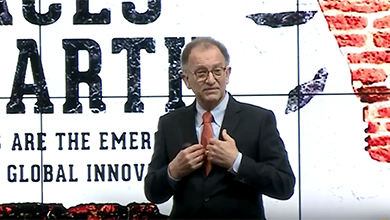
The Smartest Places on Earth
Antoine van Agtmael and Fred Bakker talked about why rustbelts are the emerging hotspots of global innovation
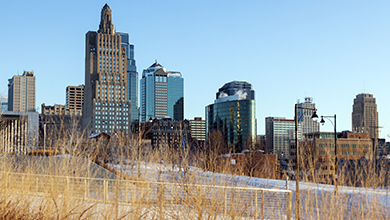
Guess which metro ranks with Silicon Valley as a top tech hub?
The top 25 U.S. tech cities list includes Madison, Wisconsin; Columbus, Ohio; and Kansas City
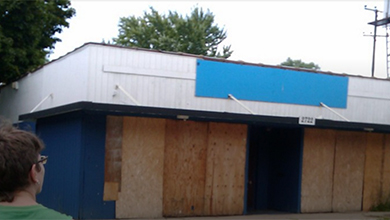
Our Miserable 21st Century
From work to income to health to social mobility, the year 2000 marked the beginning of what has become a distressing era for the United States

St. Louis is the New Startup Frontier
Discovering the spark of entrepreneurial revival in the Arch City
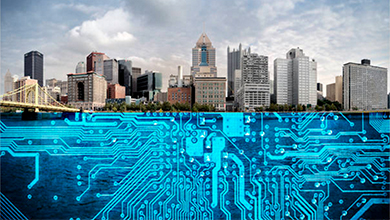
Uber Got this Right: Pittsburgh is America’s City of the Future
The Steel City is more than the country’s next great innovation hub—it’s a model for revival
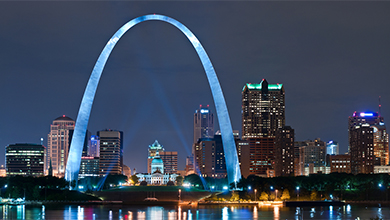
3 Reasons St. Louis’ Economic Recovery Should Be Homegrown
How St. Louis gets back on track as a growing and sustainable 21st century city
What Do You Think?
We’d like to know what you think about the future of work in the post-industrial era. Are you optimistic or pessimistic about the ability of former industrial areas and industrial workers to reinvent themselves? What signs of hope do you see?
